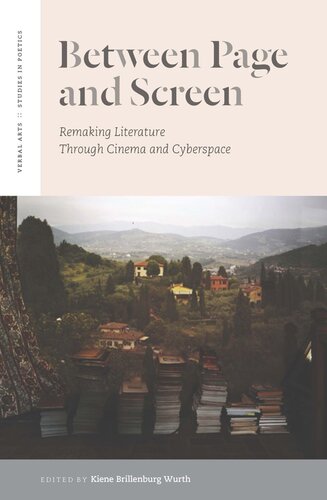

Most ebook files are in PDF format, so you can easily read them using various software such as Foxit Reader or directly on the Google Chrome browser.
Some ebook files are released by publishers in other formats such as .awz, .mobi, .epub, .fb2, etc. You may need to install specific software to read these formats on mobile/PC, such as Calibre.
Please read the tutorial at this link: https://ebookbell.com/faq
We offer FREE conversion to the popular formats you request; however, this may take some time. Therefore, right after payment, please email us, and we will try to provide the service as quickly as possible.
For some exceptional file formats or broken links (if any), please refrain from opening any disputes. Instead, email us first, and we will try to assist within a maximum of 6 hours.
EbookBell Team

0.0
0 reviewsSince the earlier twentieth century, literary genres have traveled across magnetic, wireless, and electronic planes. Literature may now be anything from acoustic poetry and oral performance to verbal–visual constellations in print and on screen, cinematic narratives, or electronic textualities that range from hypertext to Flash. New technologies have left their imprint on literature as a paper-based medium, and vice versa. This volume explores the interactions between literature and screenbased media over the past three decades. How has literature turned to screen, how have screens undone the tyranny of the page as a medium of literature, and how have screens affected the page in literary writing? This volume answers these questions by uniquely integrating perspectives from digital literary studies, on the one hand, and film and literature studies, on the other. “Page” and “screen” are familiar catchwords in both digital literary studies and film and literature studies. The contributors reassess literary practice at the edges of paper, electronic media, and film. They show how the emergence of a new medium in fact reinvigorates the book and the page as literary media, rather than signaling their impending death. While previous studies in this field have been restricted to the digitization of literature alone, this volume shows the continuing relevance of film as a cultural medium for contemporary literature. Its integrative approach allows readers to situate current shifts within the literary field in a wider, long-term perspective.